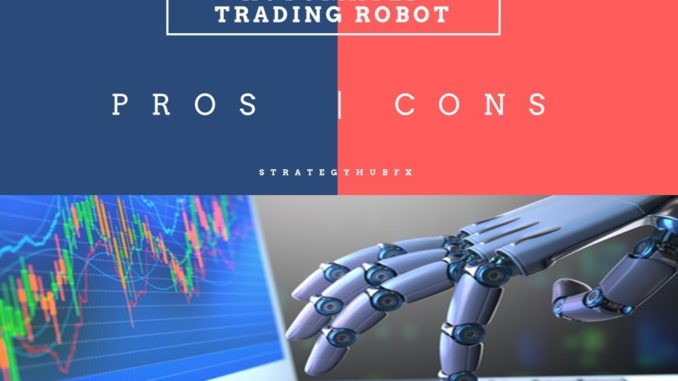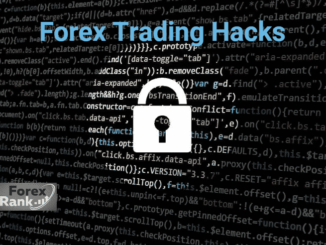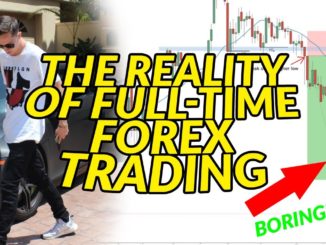
Just the other day I had a request from an individual wanting me to place a link or ad on my website for a trading robot. I was not interested, and I’ll tell you why.
The Forex Market: Robots vs. Humans
Who makes the market move in a given direction? Humans or Computers (bots)?
The Foreign Exchange Market moves trillions of dollars in currency every single day. There are millions of traders with accounts ranging from a few dollars to 100s of millions each, some of them allow a trading robot to make the trades for them.
While I could not find any reliable statistics on the internet about what percentage of traders utilize trading robots to make the decisions for them, I would estimate that it is probably less than 50%. The remaining 50% of forex traders utilize some sort of trading software in order to help them make decisions, but they (the humans) are the ones making the final decisions, not the machine.
Artificial Intelligence or AI has made rapid improvements in the last 10 years, and advancements are coming quickly. The most advanced AI systems can learn at the level of a small child and adapt as the environment changes. These types of systems have been designed for trading at all levels and have moderate success.
When The Scale Tips
As neural networks and algorithms become more sophisticated, I believe more and more people will opt for using trading robots to do the thinking for them. But I believe that for robots to make a significant impact on the Forex Market, there needs to be more than 50% of all currency volume being executed by smart robots with no human intervention. I do not believe at this point in time (2014) that robots dominate the foreign exchange market, but they are increasingly being utilized. A recent article I read in one of the major financial news outlets stated that the use of automated trading systems by large banks is at about 65%. The reason for this is to cut down on illegal activities of traders insider groups manipulating prices. If this is true then we have a situation where prices can fluctuate dramatically, with little or no reason and human emotions are not as much of a factor. Conversely, if we know the majority of algorithms being used by the large banks, then we can better predict price movements.
My Opinion
If there is a larger percentage of the world’s currency traded by robots, then there can be a more reliable means of trading using robotic systems. It’s interesting to note that all of these computer algorithms or EAs (Expert Advisors) that are being used by the banking system were programmed using trading patterns of professional human traders. The main difference between a human trader and a computer program is that it cannot reprogram itself to adapt to changing market conditions. Existing supercomputers and the most sophisticated neural networks cannot emote. Biological systems do exhibit emotion and this is where the machine fails miserably. Non-biological computers cannot feel the ecstasy of a profitable trade, nor can they feel the excruciating pain of a margin call. They cannot feel fear or feel the rush of greed, and therefore their actions do not take these emotions into account; nor can they predict these emotional responses with 100% accuracy. Even though the larger percentage of trading is going on using these forex robots, the professional traders still are in control and often do get out or into a trade manually if they see a forex system doing something they don’t want it to do.
This is why I do not use forex robots or software or algorithms to assist me in my trading. Rather, I take a biological, artistic, illogical estimative approach to trading based on looking at data analytics, emotion and other factors, put them into my biological brain in order to make an educated guess.
Proudly WWW.PONIREVO.COM
by Rip A.



